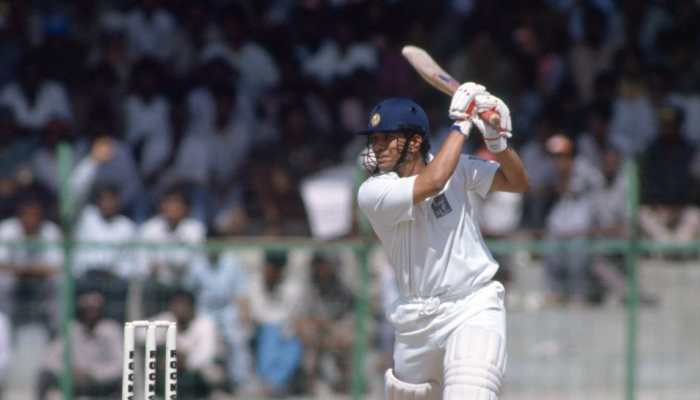From MGNREGA To RTE, How Manmohan Singh Set India On Reforms Path
Former Prime Minister Manmohan Singh passed away on Thursday, December 26, 2024. He was a renowned economist and became the Finance Minister in 1991, at a time when India was grappling with a severe economic crisis. His policies of liberalization, privatization, and globalization (LPG) brought about unprecedented changes in the economy. Manmohan Singh served as India's Prime Minister from 2004 to 2014. Under his leadership, India achieved several historic milestones, including schemes like MGNREGA, the Right to Education (RTI), the National Food Security Act (NFSA) and Aadhaar.
)
Manmohan Singh served as Prime Minister for 10 years, from 2004 to 2014. His tenure began after the Congress party secured victory by defeating the Atal Bihari Vajpayee-led NDA government. Here’s a look at 5 landmark decisions made during Manmohan Singh’s government that became milestones in India’s history.
Mahatma Gandhi National Rural Employment Guarantee Act (MGNREGA)

Launched in 2005, the MGNREGA scheme was introduced to provide employment guarantees in rural areas. Its aim was to offer 100 days of work annually to rural families. This improved the income of rural poor and also contributed to the development of rural infrastructure. The scheme proved to be a milestone in India's fight against poverty. Additionally, it became a means of providing economic independence to rural women.
Aadhaar Card scheme

The Aadhaar scheme was launched in 2009 and introduced a new definition of digital identity in India. It aimed to provide citizens with a unique ID, ensuring that the benefits of government schemes could be directly transferred to their bank accounts.
Right to Education (RTE)

The Right to Education (RTE) Act was implemented in 2010 and guarantees free and compulsory education for children aged 6-14 years. It played a significant role in reducing educational inequality and lowering the school dropout rate.
National Food Security Act (NFSA)

The Food Security Act, implemented in 2013, was a revolutionary step to provide affordable grain to the poor. Under this, poor families were given wheat, rice, and coarse grains at rates ranging from 1 to 3 rupees per kilogram. (Image: Govt Portal)

The Manmohan Singh government launched the Direct Benefit Transfer (DBT) system on January 1, 2013. The aim was to transfer subsidies and financial benefits directly to beneficiaries' bank accounts. This scheme was designed to reduce corruption, prevent leakage, and ensure direct access for beneficiaries to their entitlements. Today, benefits such as LPG subsidies, pensions, wages under MGNREGA, scholarships, crop insurance, and agricultural subsidies are directly transferred to the public's bank accounts.
National Rural Health Mission (NRHM)

The National Rural Health Mission (NRHM) was launched in 2005 and aimed to improve rural healthcare services. Under this mission, health centers were modernised, and trained healthcare workers were appointed in rural areas. This helped reduce maternal and infant mortality rates.
Trending Photos








